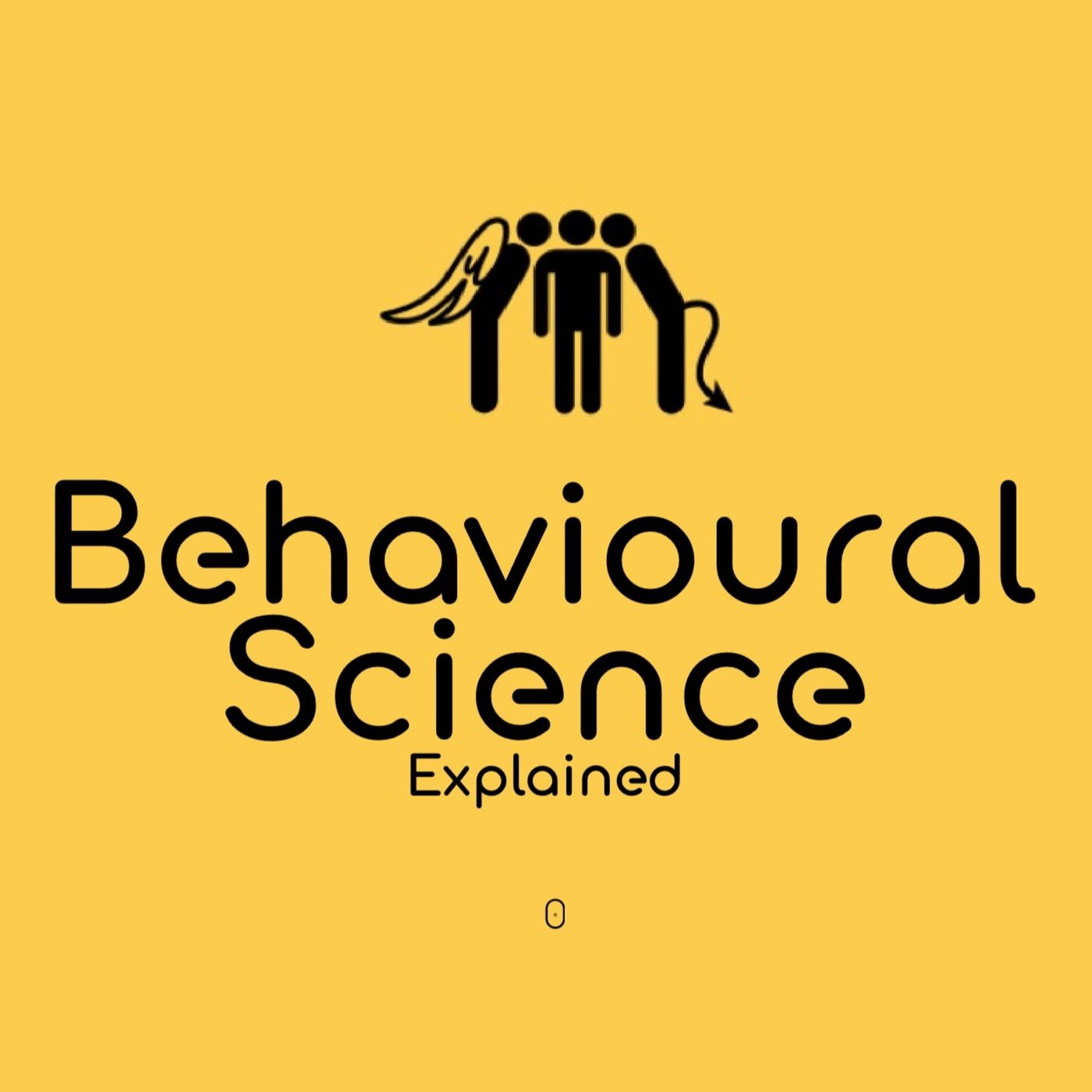Listen "Consistency Bias"
Episode Synopsis
Commitment and self-consistency bias refers to the idea that people assume less change in their attitudes and beliefs than actually occurs. Also known as consistency bias, it means believing one’s past and present attitudes are similar, despite attitudes, beliefs, and behaviours often changing more than we realise. This bias is identified as one of Daniel L. Schacter’s 'seven sins of memory'. This human tendency stems from a nearly obsessive desire to be and appear consistent with what we have already done. Once a choice or stand is made, personal and interpersonal pressures arise to behave consistently with that commitment. This need for consistency helps avoid cognitive dissonance—the mental discomfort from mismatches between beliefs and actions—and provides a mental shortcut, reducing the need to, constantly re-evaluate decisions. Real-world examples and studies illustrating this bias include:•Political Attitudes: People often underestimate how much their political views have evolved over time, reconstructing past attitudes to align with current beliefs, as shown in Greg Markus’s 1986 study. •Relationships: Individuals tend to assume their romantic relationships have always been as stable or improved as they are currently, even if changes have occurred (Scharfe & Bartholomew, 1998).•Self-Improvement: When learning new skills, people might overestimate their improvement or assume their past abilities were worse before a course, fighting for consistency with their perceived progress (Conway & Ross, 1984). This is sometimes referred to as a 'change bias'.•Public Commitment & Marketing: A famous experiment by Deutsch and Gerard demonstrated that making a public commitment makes individuals more resolute in their original position, even when faced with contradictory evidence. Marketers leverage this by using small initial commitments (e.g., free trials, signing petitions) to prompt larger actions, as people feel compelled to appear reliable. This helps explain why individuals might continue gym memberships or streaming services they barely use.•Attribution of Attitudes: Observers tend to interpret ambiguous information as consistent with a prior hypothesis about a person's disposition, influencing how attitudes are attributed based on observed behaviour (Ajzen, Dalto, & Blyth, 1979).•Stereotype Communication: Research shows a stereotype consistency bias in communication, where stereotype-consistent information is retained over inconsistent information. This is particularly evident when an ingroup member communicates about an outgroup member to another ingroup member, serving to foster social connectivity (Kurz & Lyons, 2009) The Entire Behavioural Science Reading List on Amazon
More episodes of the podcast Behavioural Science Explained
Halo Effect
18/11/2025
Group Attribution Error
15/11/2025
Functional fixedness
14/10/2025
Baader-Meinhof phenomenon
07/10/2025
Empathy Gap
19/09/2025
Effort Justification
15/09/2025
Denomination Effect
12/09/2025
Defensive Attribution Hypothesis
08/09/2025
Declinism
05/09/2025
Curse of Knowledge
01/09/2025
 ZARZA We are Zarza, the prestigious firm behind major projects in information technology.
ZARZA We are Zarza, the prestigious firm behind major projects in information technology.
